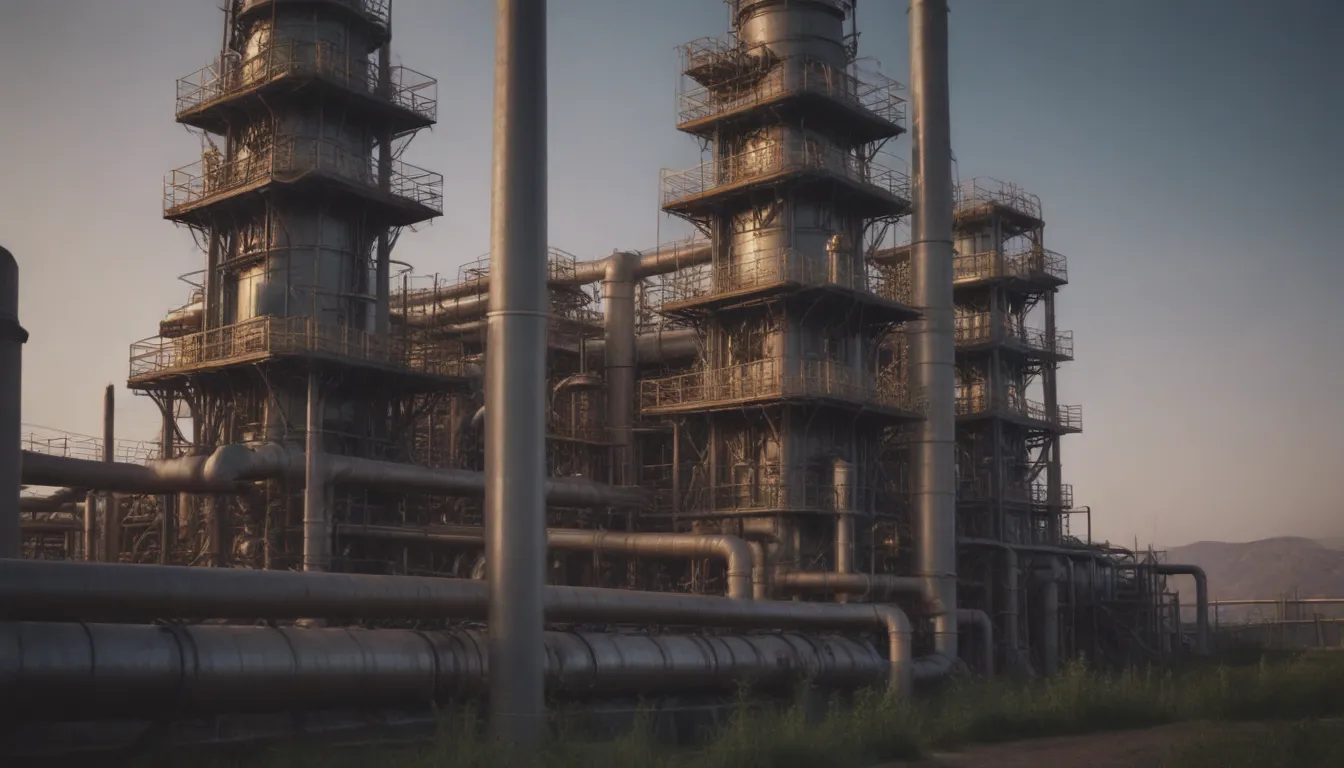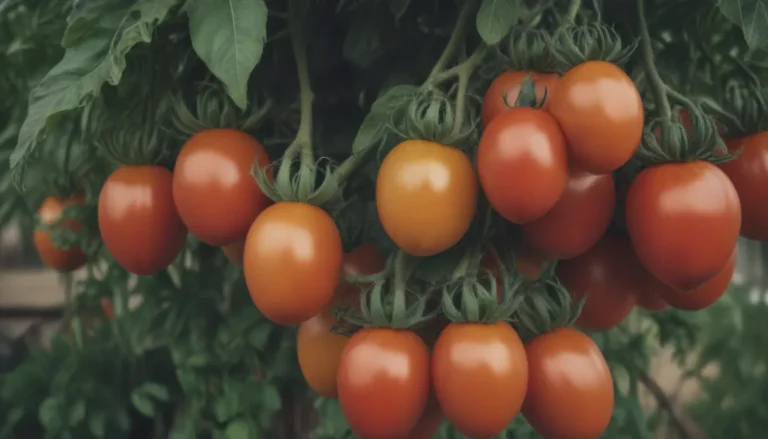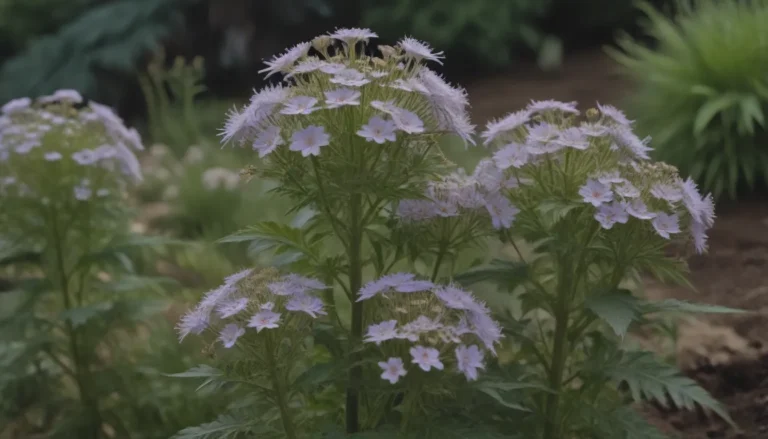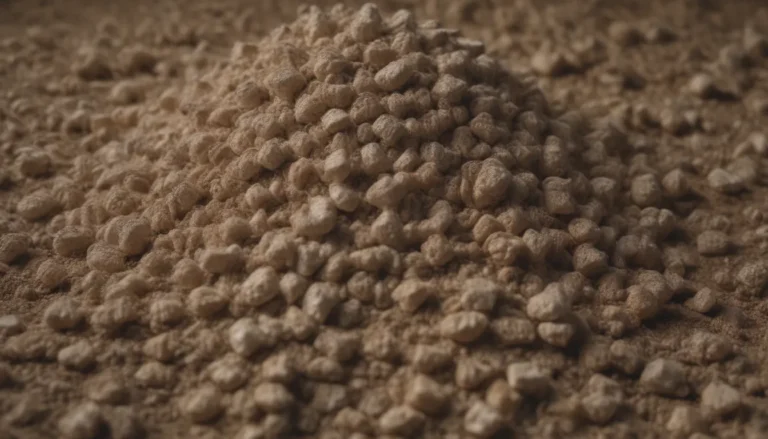A Comprehensive Guide to Growing and Caring for Gas Plants

Gas plants (Dictamnus albus) are a stunning addition to any garden, offering color, height, and interest. With their long-lasting blooms and resistance to disease, pests, and deer, they are a popular choice for gardeners looking to add a touch of elegance to their outdoor space. In this guide, we will explore everything you need to know about growing and caring for gas plants, from planting to propagation to common pests and diseases.
Why Gas Plants Are a Great Addition to Your Garden
Gas plants are herbaceous perennials that form clumps and produce light purple-pink or white flowers on tall stems during late spring and summer. Here are a few reasons why gas plants are a great addition to your garden:
- Long-lived and resistant to disease, pests, and deer
- Ideal for borders, beds, cottage gardens, and cut flower arrangements
- Ornamental seed pods provide interest in fall and winter
- Flammable oil in seed pods releases a lemon-scented aroma on hot days
While gas plants add beauty and interest to your garden, it’s important to understand how to properly care for them to ensure they thrive in your outdoor space.
Gas Plant Care Tips
Gas plants are relatively low-maintenance once they are established, but they have specific requirements for light, soil, water, temperature, and humidity. Here are some essential care tips for growing gas plants:
Light
Gas plants thrive in sunny locations but may prefer partial shade in regions with intense heat. Aim for at least six hours of sunlight per day for optimal blooming.
Soil
Well-drained, loose, fertile, and slightly alkaline soils are preferable for gas plants. While they can survive in poor soil conditions, they will thrive in nutrient-rich soil.
Water
Gas plants have long taproots, making them drought-tolerant. However, they prefer consistently moist soil during hot and dry spells. Avoid overwatering, as they do not like saturated soil.
Temperature and Humidity
Gas plants prefer warm days and cool nights, making them ideal for temperate climates. Avoid planting them in windy areas or regions prone to wildfires, as their flammable oil can be a fire hazard.
Fertilizer
Gas plants do not require nutrient-rich soil to thrive, but young plants or those in poor soil conditions may benefit from organic fertilizer in the spring.
Knowing how to care for your gas plants is essential for their health and longevity in your garden. Now, let’s explore the different types of gas plants and how to propagate them.
Types of Gas Plants
There are several varieties of gas plants available, with the most common ones being ‘Caucasicus,’ ‘Purpureus,’ and ‘Rubra.’ Each variety offers unique characteristics in terms of color, size, and bloom time.
Propagating Gas Plants
Gas plants have deep taproots, making them challenging to divide once established. Propagating from seed is preferable to ensure successful growth. Here’s how you can grow gas plants from seed:
-
Stratification: Gas plant seeds need an extensive stratification period to germinate successfully. Some growers sow seeds in the fall for natural stratification over winter.
-
Cold Stratification: For optimal conditions, place seeds in a moist, warm environment for a month before cold stratification in the refrigerator for 1-6 weeks.
-
Germination: Gas plant seeds can take 6 months to a year to germinate, requiring consistent moisture and warmth throughout the process.
By following these steps, you can successfully grow gas plants from seed and enjoy their beauty in your garden for many years to come. Next, let’s discuss common pests and diseases that may affect gas plants.
Common Pests and Plant Diseases
Gas plants are relatively pest and disease-resistant, making them ideal for low-maintenance gardens. However, they may still be susceptible to certain issues such as:
-
Aphids: These small insects can infest gas plants, causing damage to leaves and stems. Use insecticidal soap to control aphid populations.
-
Powdery Mildew: A fungal disease that can affect gas plants in humid conditions. Ensure proper air circulation and avoid overhead watering to prevent powdery mildew.
By monitoring your gas plants regularly and addressing any pest or disease issues promptly, you can maintain their health and vitality in your garden.
In conclusion, gas plants are a beautiful addition to any garden, offering long-lasting blooms, ornamental seed pods, and resistance to disease and pests. By following the care tips outlined in this guide, you can ensure your gas plants thrive in your outdoor space for years to come. Happy gardening!





